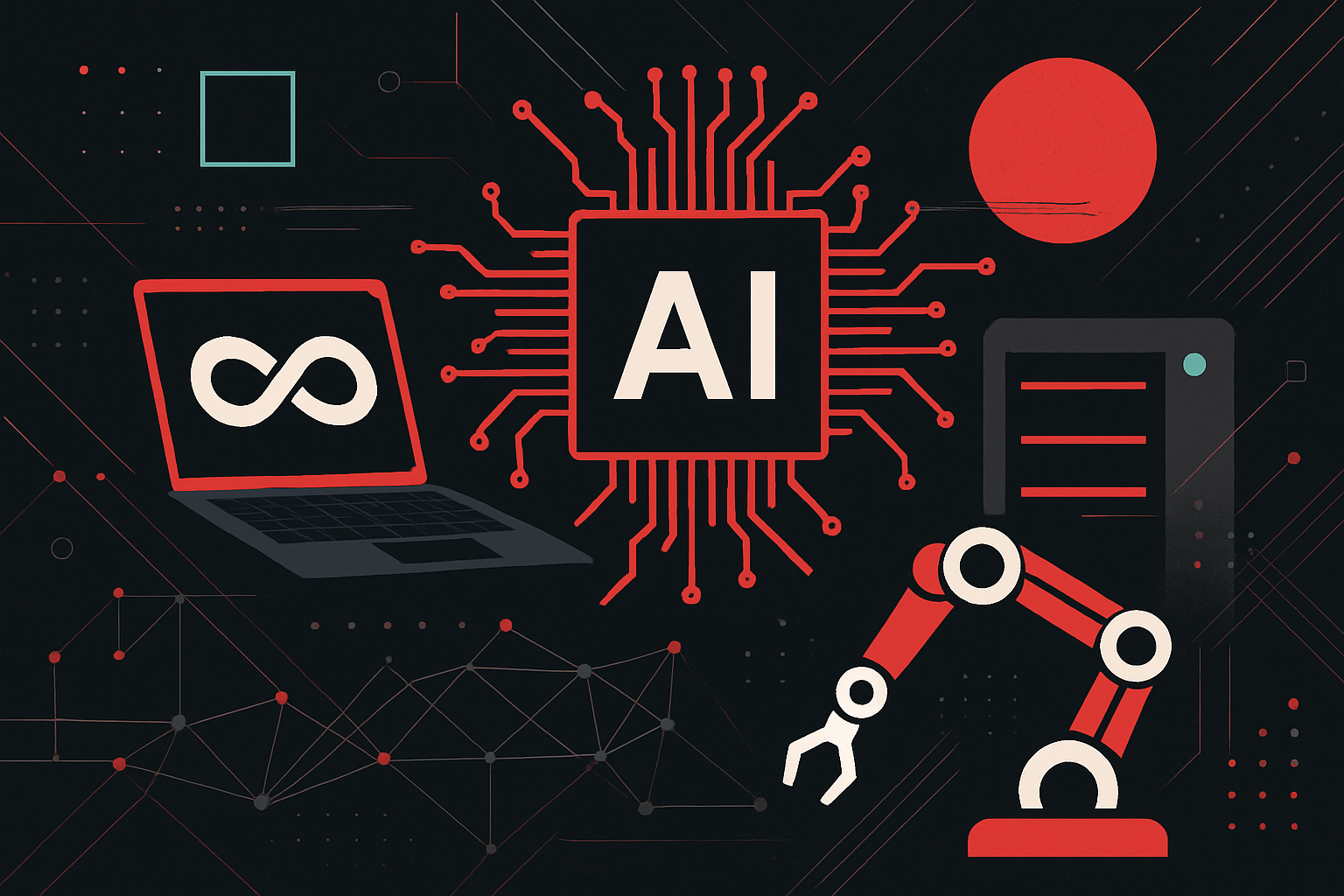The Rise of Generative AI: Beyond Text and Images

The Rise of Generative AI: Beyond Text and Images
Understanding Generative AI
Generative AI refers to a subset of artificial intelligence that focuses on the creation of content. Initially, generative AI technologies were mostly applied to text and images. However, advancements have extended their capabilities beyond these domains, revolutionizing fields such as audio, video, 3D modeling, and even software development.
Key Technologies and Techniques
1. Generative Adversarial Networks (GANs)
GANs are a class of machine learning frameworks designed by Ian Goodfellow and his colleagues in 2014. They consist of two neural networks, the generator and the discriminator, which are trained simultaneously through adversarial processes.
- Generator: Learns to generate new data instances that mimic the real data.
- Discriminator: Evaluates the authenticity of the data, distinguishing between real and generated data.
Code Snippet Example:
import torch
import torch.nn as nn
class Generator(nn.Module):
def __init__(self, input_dim, output_dim):
super(Generator, self).__init__()
self.main = nn.Sequential(
nn.Linear(input_dim, 128),
nn.ReLU(True),
nn.Linear(128, output_dim),
nn.Tanh()
)
def forward(self, x):
return self.main(x)
class Discriminator(nn.Module):
def __init__(self, input_dim):
super(Discriminator, self).__init__()
self.main = nn.Sequential(
nn.Linear(input_dim, 128),
nn.ReLU(True),
nn.Linear(128, 1),
nn.Sigmoid()
)
def forward(self, x):
return self.main(x)
2. Variational Autoencoders (VAEs)
VAEs are another type of generative model that use a probabilistic approach to generate data. Unlike GANs, VAEs learn the underlying latent distribution of the data and can be used for tasks such as anomaly detection and data imputation.
Expanding Domains
1. Audio Generation
Generative models like WaveNet and Jukebox have revolutionized audio production by enabling the creation of realistic human-like speech and music.
- WaveNet: A deep generative model for audio generation that produces high-quality audio waveforms.
- Jukebox: An open-source model by OpenAI that generates music with lyrics in the style of various artists and genres.
Practical Application:
- Text-to-Speech (TTS): Companies like Google and Amazon use advanced TTS systems powered by generative AI to produce natural-sounding voice assistants.
- Music Composition: Musicians and producers can leverage AI to generate unique compositions, providing new creative tools and inspirations.
2. Video Synthesis
In video synthesis, generative AI models create realistic video sequences. Applications include deepfake technology, video editing, and content creation.
- Deepfake: Utilizes GANs to produce hyper-realistic videos where individuals appear to say or do things they never did.
- Video Editing: AI-driven tools enhance video quality, automate editing processes, and generate visual effects.
Technical Insight:
- Temporal GANs (TGANs): Extend GANs to process sequential data, essential for video generation where temporal consistency is crucial.
3. 3D Modeling
Generative AI is also impacting the 3D domain, facilitating the creation of 3D models for gaming, animation, and virtual reality.
- 3D GANs: These models generate 3D shapes and objects that can be used in computer graphics and simulation.
- NeRF (Neural Radiance Fields): A novel approach that synthesizes novel views of complex 3D scenes by modeling the volumetric scene representation.
Example Use Case:
- Gaming: AI can rapidly generate realistic environments and character models, significantly reducing development time and resource requirements.
Comparing Generative AI Models
| Model Type | Primary Domain | Strengths | Weaknesses |
|---|---|---|---|
| GANs | Images, Video | High-quality outputs, realistic textures | Training instability, mode collapse |
| VAEs | Images, Audio | Robust learning, interpretable latent spaces | Lower fidelity outputs compared to GANs |
| WaveNet | Audio | High-quality audio generation | Computationally intensive |
| NeRF | 3D Modeling | Detailed scene representation | Requires large datasets for training |
Actionable Insights
-
Integration with Existing Workflows: Businesses should explore how generative AI can be integrated into their existing workflows for enhanced creativity and efficiency. For example, automating routine video editing tasks or generating design prototypes.
-
Ethical Considerations: As generative AI models become more sophisticated, ethical implications, such as deepfakes and content authenticity, must be addressed. Implementing watermarking and content verification tools can mitigate misuse.
-
Continuous Learning: Staying updated with the latest generative AI advancements is crucial for leveraging these technologies effectively. Engaging in communities, attending workshops, and exploring open-source projects can provide valuable learning opportunities.
-
Resource Allocation: Investing in the necessary computational resources and skilled personnel is essential for training and deploying generative models, especially when dealing with high-dimensional data.
By understanding and leveraging the capabilities of generative AI beyond text and images, industries can unlock new potentials and drive innovation across various domains.





0 thoughts on “The Rise of Generative AI: Beyond Text and Images”